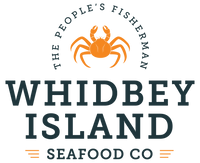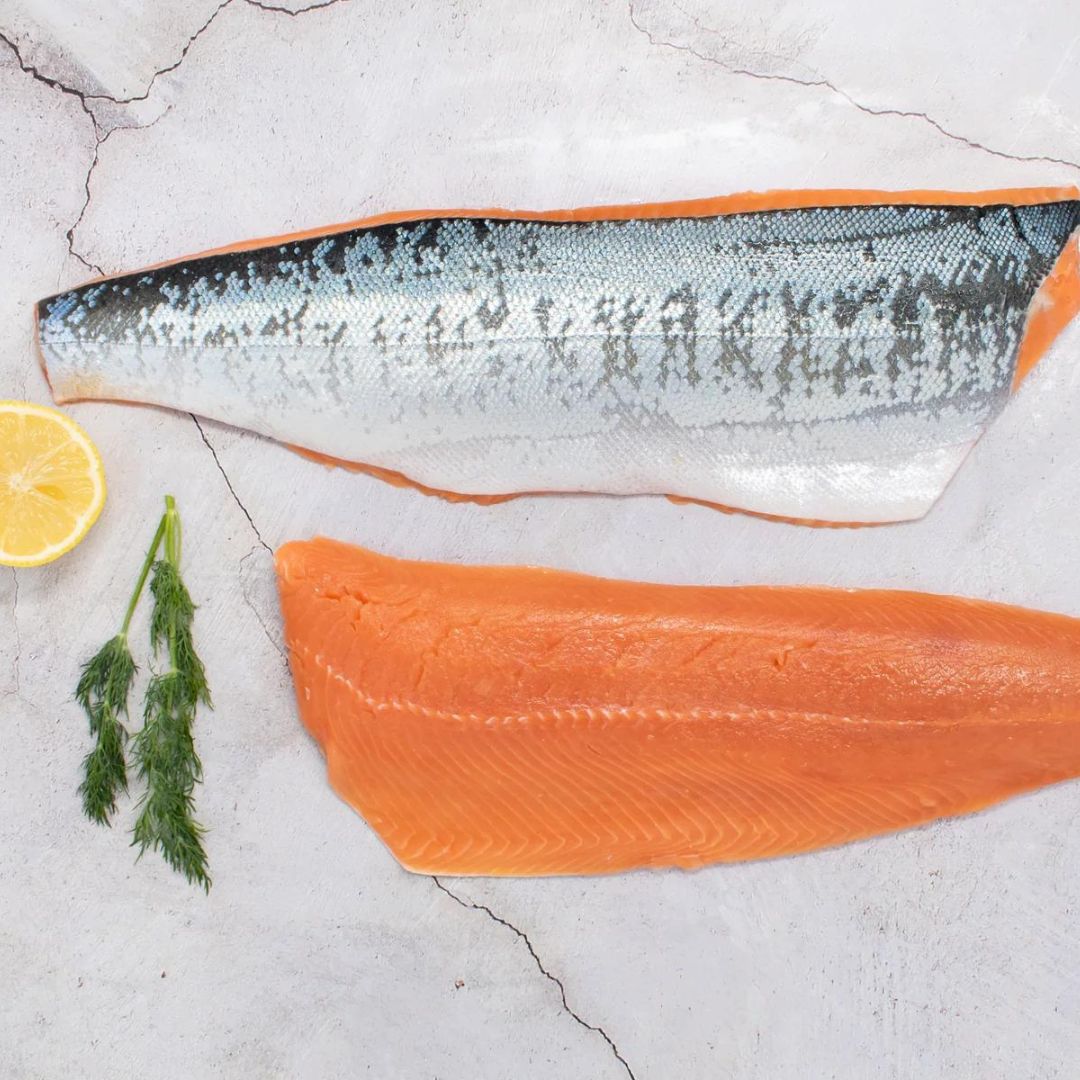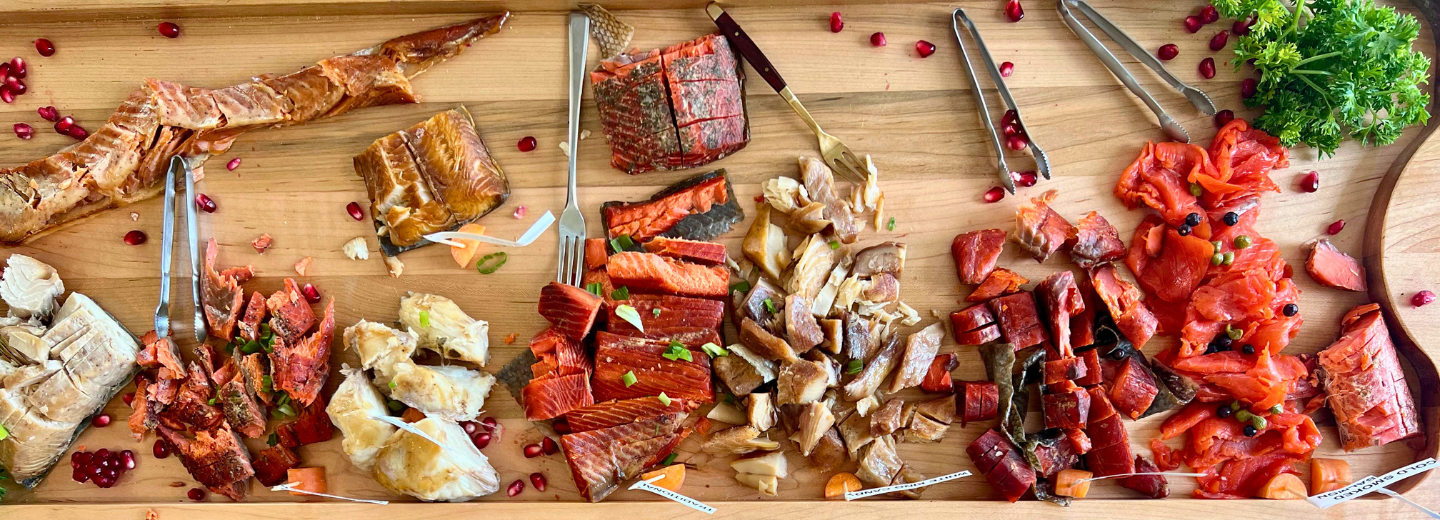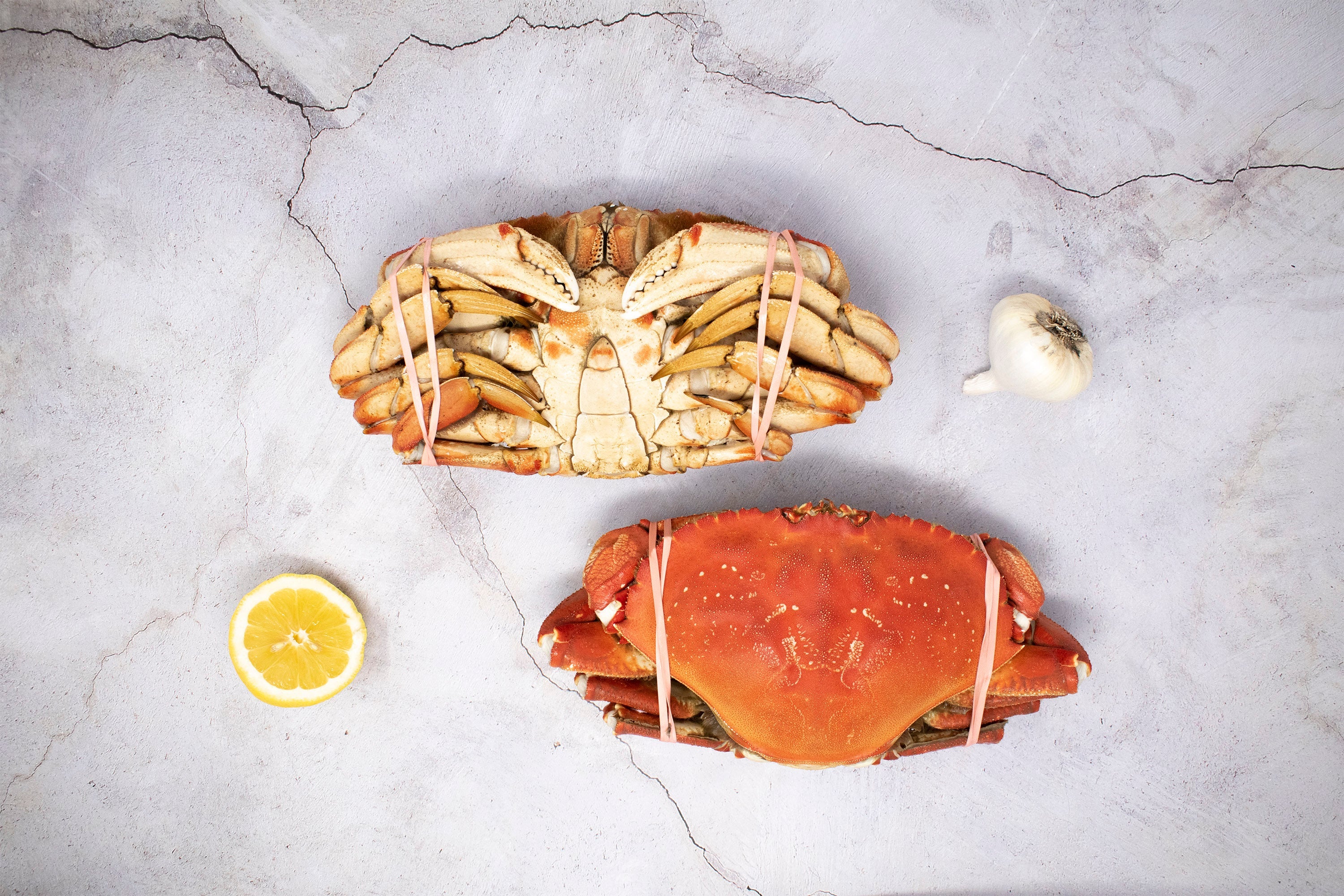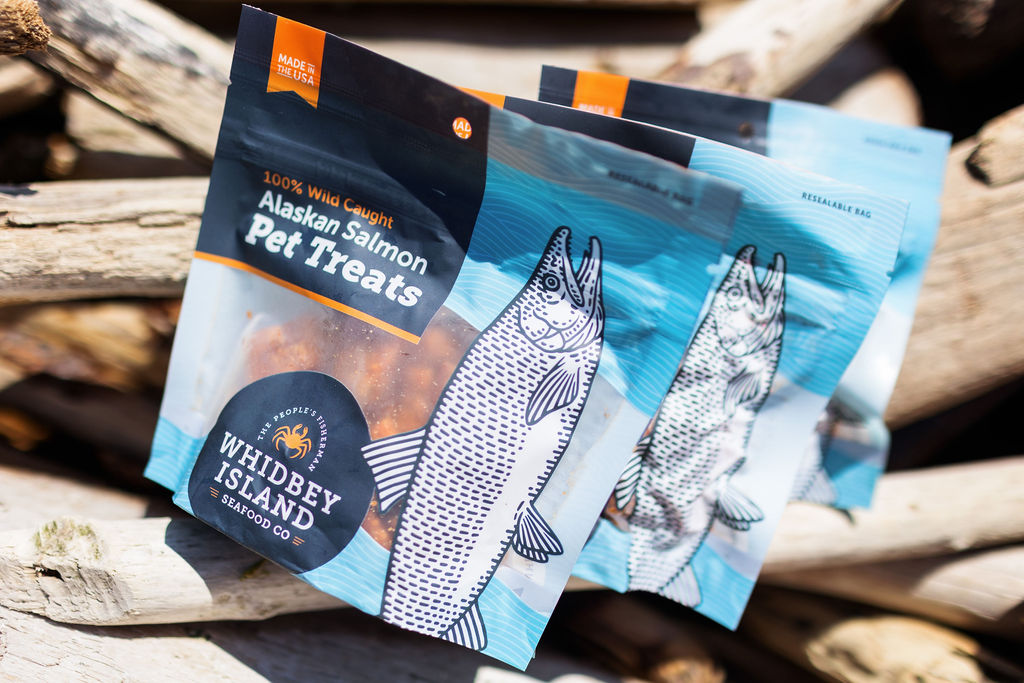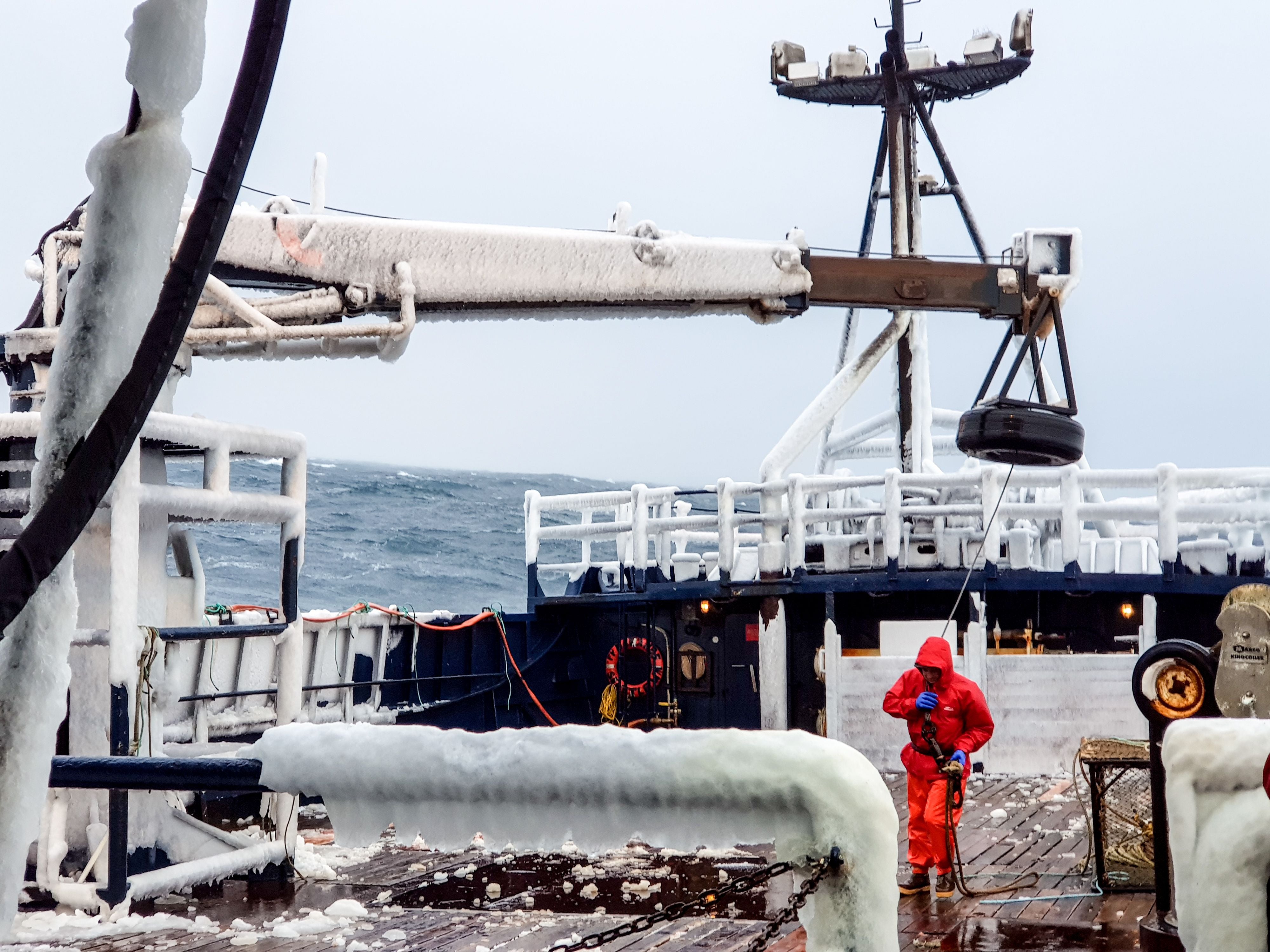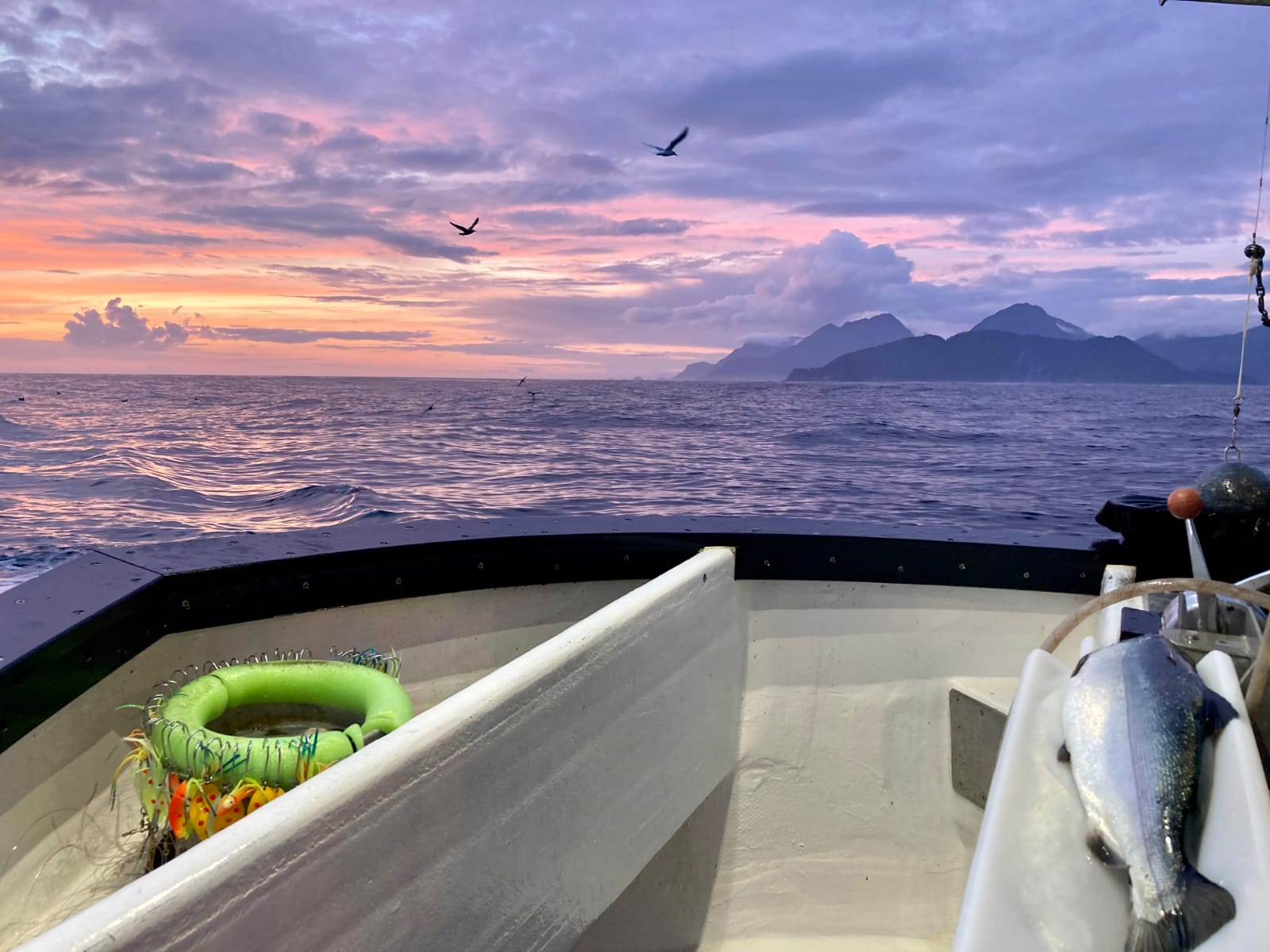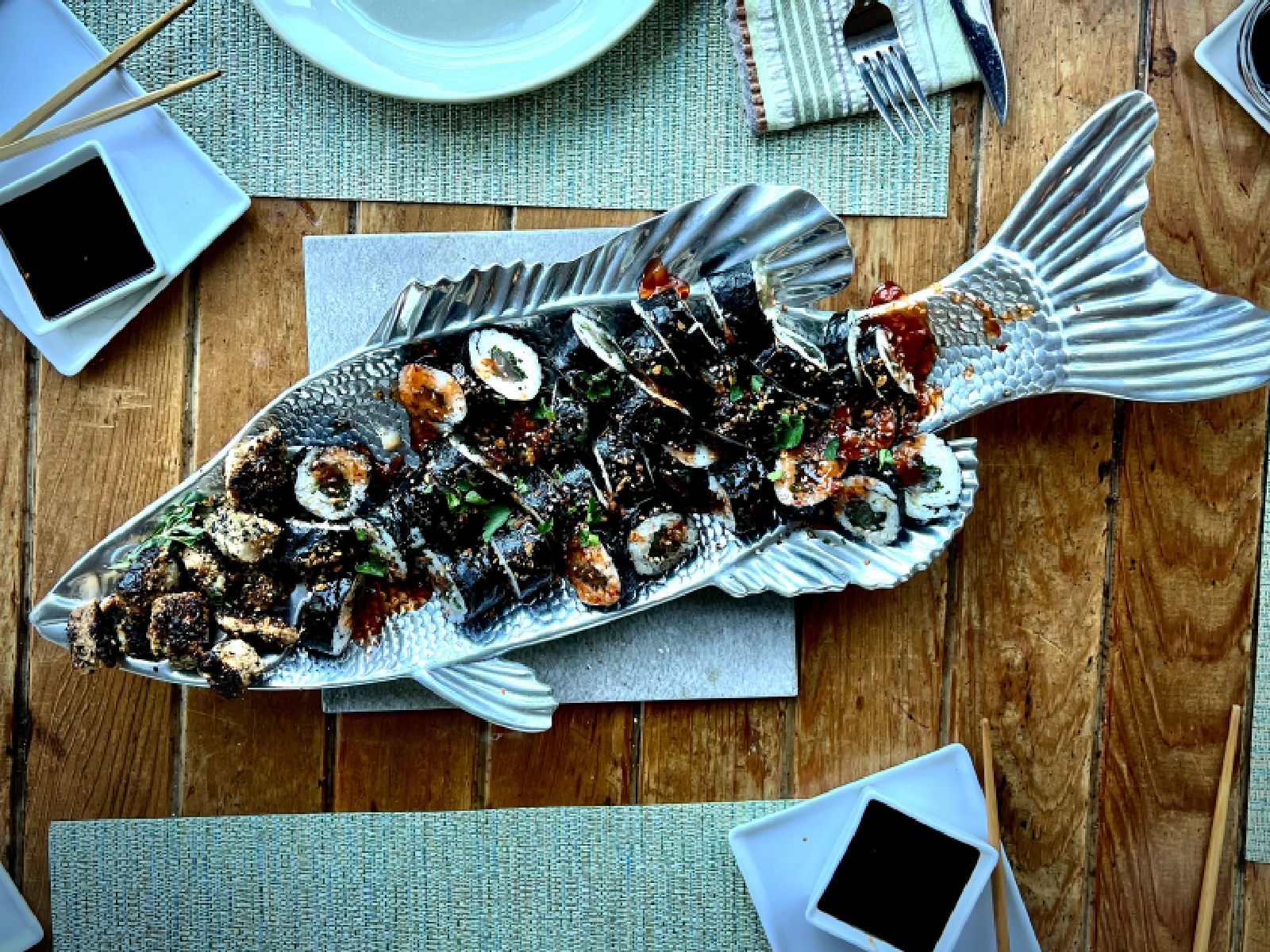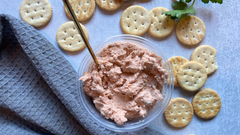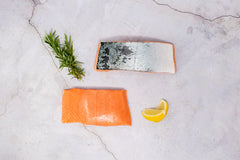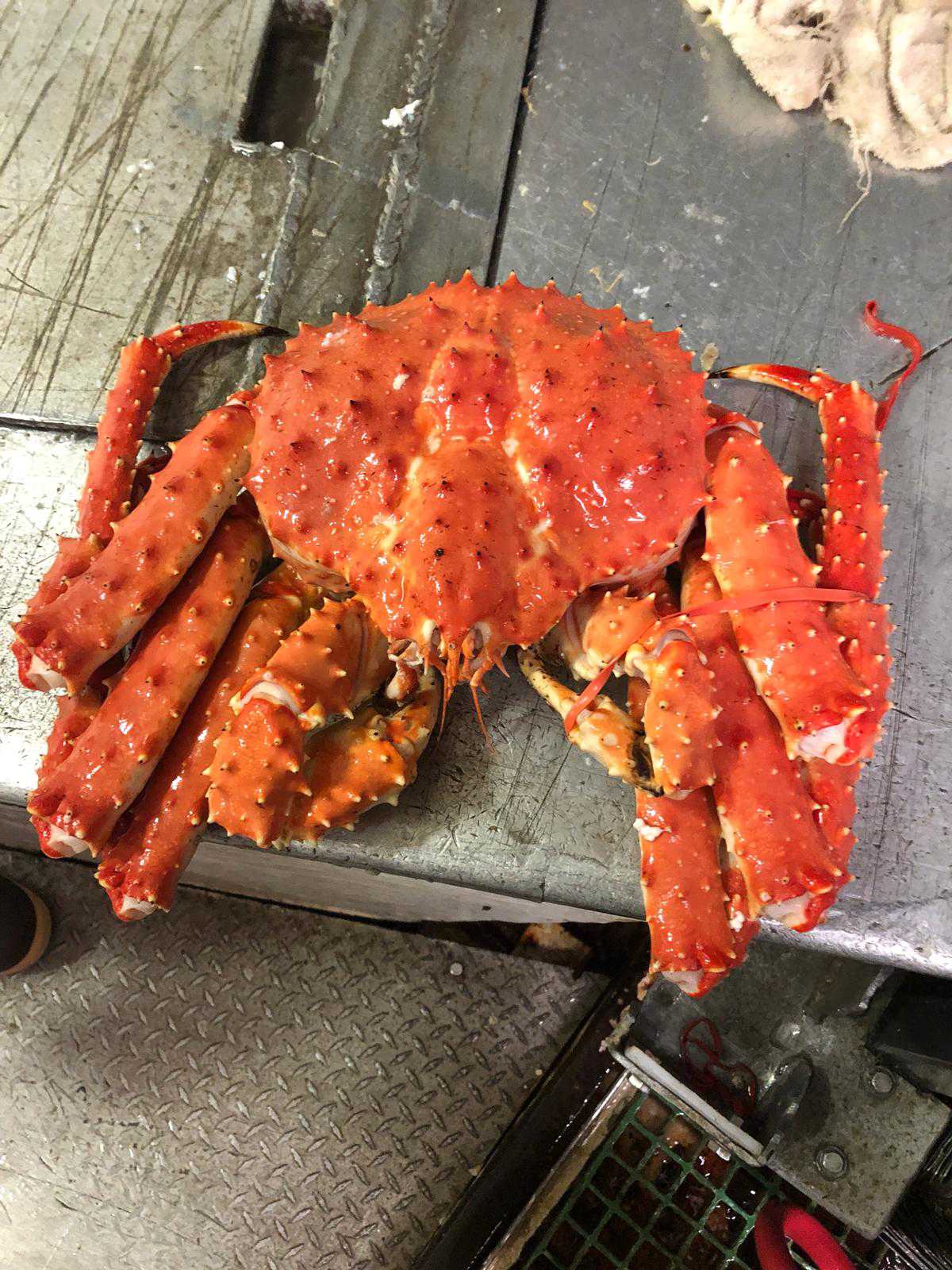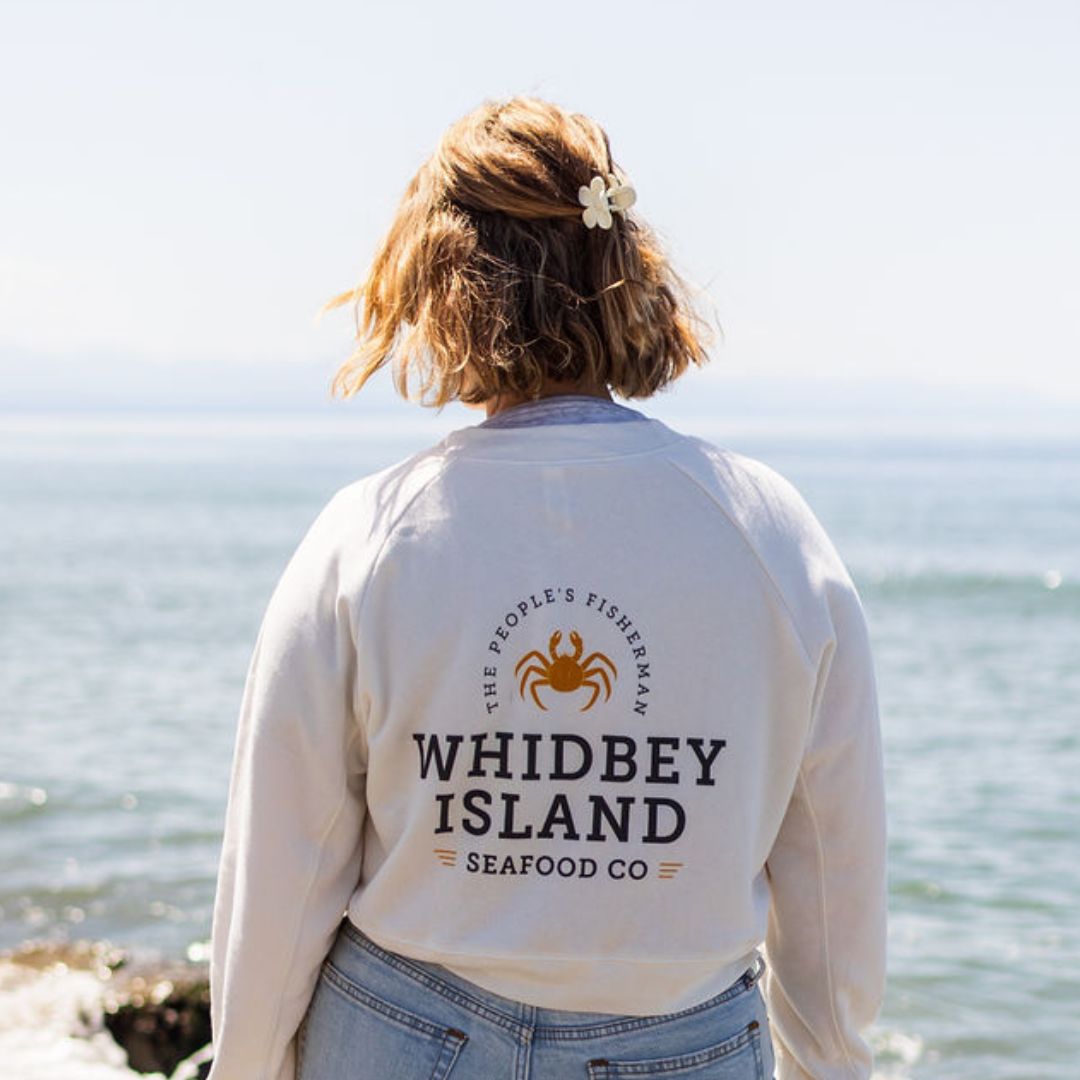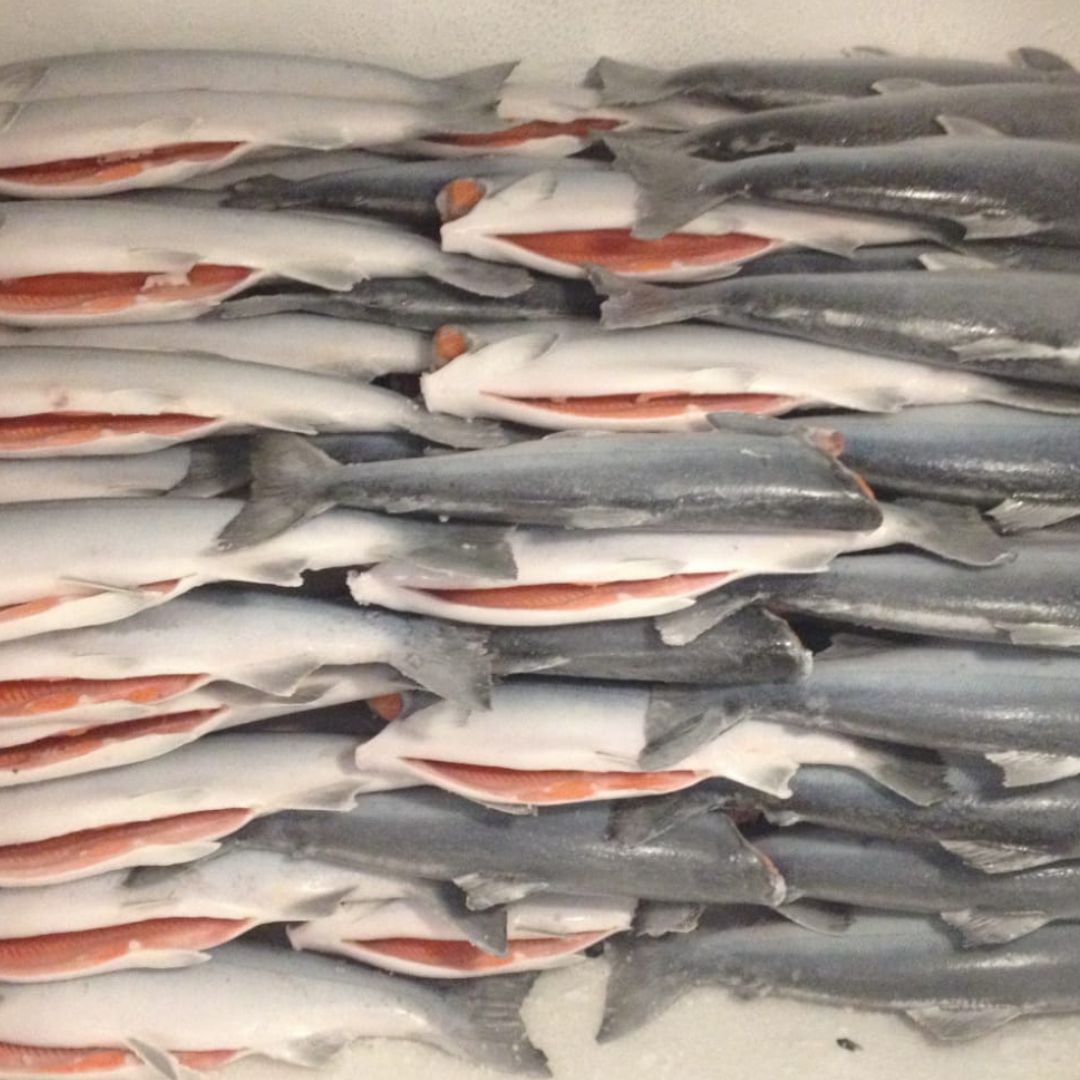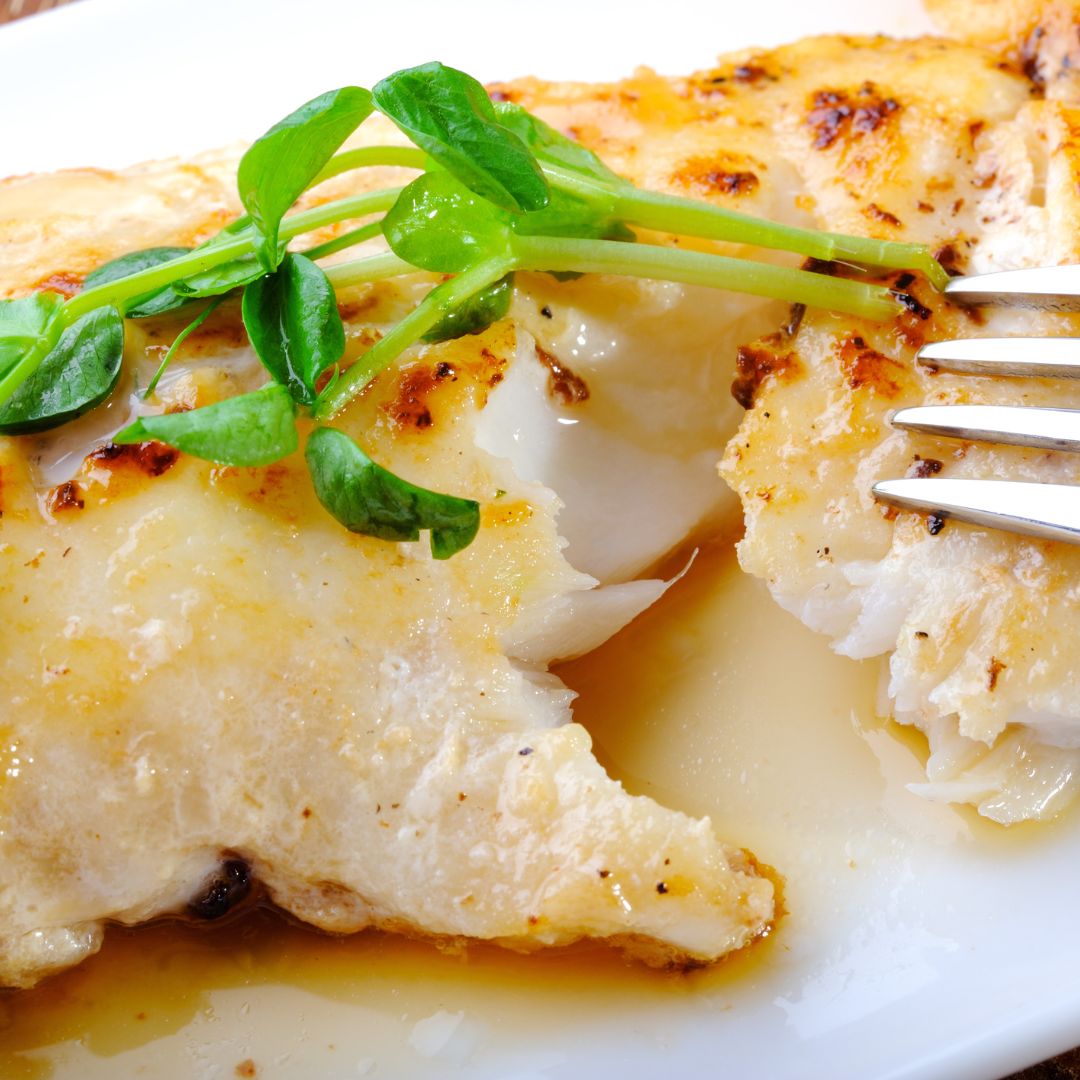This topic is so close to our hearts. We believe in sustainable and traceable seafood. Part of our mission is to educate our customers about what that exactly means. Do you know where your seafood comes from? Who actually caught and handled it? What boat it came from?
While national surveys clearly show that most Americans want to know where their foods come from, they won’t have a clue when it comes to crab. Customers can easily tell at retail counters where their salmon, cod and other fish choices was caught, and if the fish is wild or farmed. That’s due to Country of Origin Labeling, or COOL, laws, which went into effect more than a decade ago. But the laws do not apply to seafood that has been “processed,” no matter how minimally.
When a consumer goes into a grocery store they don’t know if the crab comes from Russia or Newfoundland or Alaska. We think that American consumers will prefer Alaskan product and there are good reasons for that.
Crabbers believe the public has a right to know, especially because much of the crab imported into the U.S. from Russia is illegally caught. In past years, an estimated 40 percent of king crab sold in world markets was from pirated Russian harvests. The situation has improved but the crab import data can be deceiving. There is still poached crab going into China and Korea and then finding its way into the U.S. But there is no way to tell if it’s legal or not because there is no tractability requirement.
Rest assured, when you shop from www.whidbeyseafoods.com you are getting the highest quality ALASKA seafood. Products that we see from the second it’s caught to the moment we drop it off on your doorstep. Thank you for supporting us on the road to educate and feed happy stomachs along the way.
